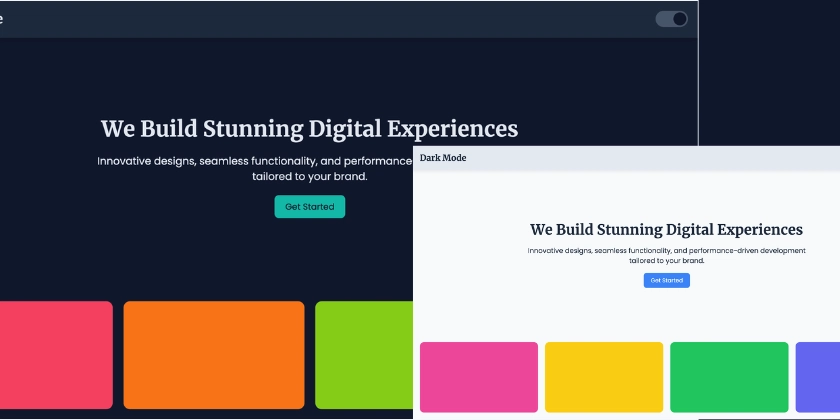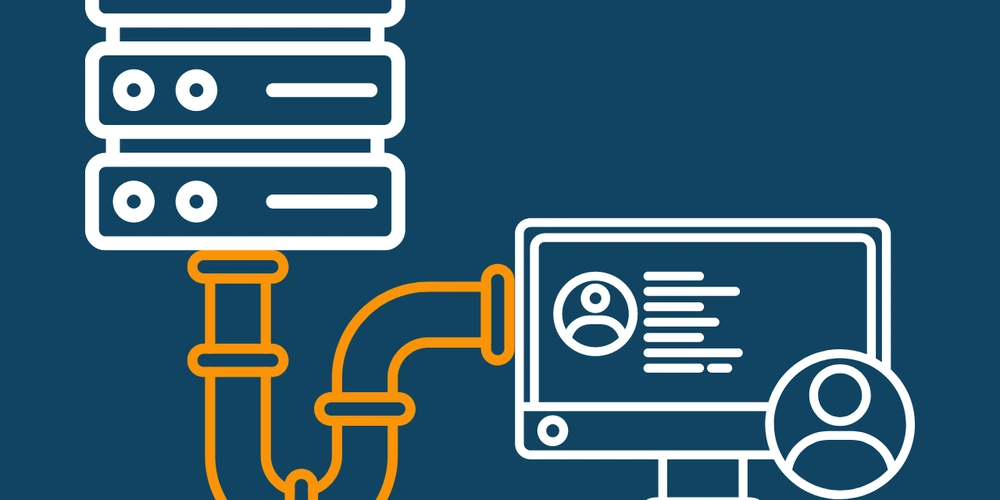The Tech Stack Behind My Side Projects (And Why I Stick to It)
Over the years, I’ve built multiple side projects—some flopped, some gained traction, and one even got acquired (LectureKit, which I sold for $6,750). Throughout all of them, I’ve stuck to a tech stack that’s simple, scalable, and most importantly—fast to set up. I’m a big believer in not reinventing the wheel. The more I reuse tools I already know, the less time I spend debugging infrastructure and more time I spend actually building. Even if something isn’t the absolute cheapest option, you shouldn’t undervalue your time. Here’s what I use for all my projects: Hosting & Infrastructure AWS Lambda & EventBridge – For serverless functions, web scraping & event scheduling (less maintenance, scales automatically). AWS S3 & CloudFront – For storing assets and serving them via a CDN. Railway – I host my Node.js backend & APIs here because it’s easy to set up, doesn’t cost much, and saves time compared to configuring my own servers. Database & Storage MongoDB Atlas – Free tier is great for getting started, managed hosting saves me time. AWS S3 – Used for storing images, scraped data, and backups. Frontend & Full-Stack Apps Next.js & Vercel – Quick to deploy and great for full-stack apps. If a project starts generating revenue, I switch to AWS Amplify for more control. Backend & APIs Node.js with Fastify – Faster and lighter than Express, making it my go-to for APIs. This is exactly the setup I used for CaptureKit, my latest project. AWS Lambda powers the web scraper. Fastify runs the API efficiently, hosted on Railway. Next.js is used for the dashboard and project collaboration features. This stack lets me ship fast, scale when needed, and minimize costs early on. I don’t spend time optimizing things that don’t need optimization yet. If you’re building a side project, don’t overcomplicate things. Pick tools you already know and focus on getting the product in front of users. What’s your go-to tech stack for side projects?
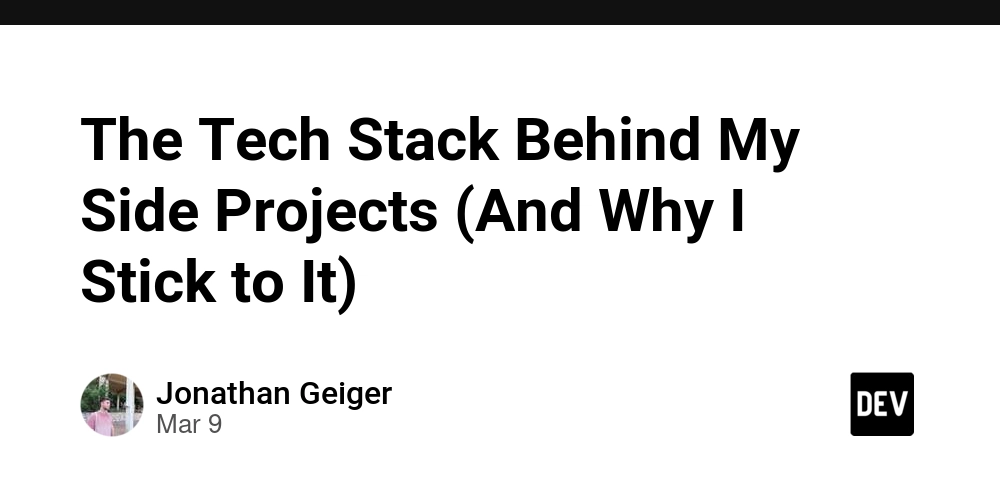
Over the years, I’ve built multiple side projects—some flopped, some gained traction, and one even got acquired (LectureKit, which I sold for $6,750). Throughout all of them, I’ve stuck to a tech stack that’s simple, scalable, and most importantly—fast to set up.
I’m a big believer in not reinventing the wheel. The more I reuse tools I already know, the less time I spend debugging infrastructure and more time I spend actually building. Even if something isn’t the absolute cheapest option, you shouldn’t undervalue your time.
Here’s what I use for all my projects:
Hosting & Infrastructure
AWS Lambda & EventBridge – For serverless functions, web scraping & event scheduling (less maintenance, scales automatically).
AWS S3 & CloudFront – For storing assets and serving them via a CDN.
Railway – I host my Node.js backend & APIs here because it’s easy to set up, doesn’t cost much, and saves time compared to configuring my own servers.
Database & Storage
MongoDB Atlas – Free tier is great for getting started, managed hosting saves me time.
AWS S3 – Used for storing images, scraped data, and backups.
Frontend & Full-Stack Apps
Next.js & Vercel – Quick to deploy and great for full-stack apps. If a project starts generating revenue, I switch to AWS Amplify for more control.
Backend & APIs
- Node.js with Fastify – Faster and lighter than Express, making it my go-to for APIs.
This is exactly the setup I used for CaptureKit, my latest project.
- AWS Lambda powers the web scraper.
- Fastify runs the API efficiently, hosted on Railway.
- Next.js is used for the dashboard and project collaboration features.
This stack lets me ship fast, scale when needed, and minimize costs early on. I don’t spend time optimizing things that don’t need optimization yet.
If you’re building a side project, don’t overcomplicate things. Pick tools you already know and focus on getting the product in front of users.
What’s your go-to tech stack for side projects?













































































































































































![[The AI Show Episode 142]: ChatGPT’s New Image Generator, Studio Ghibli Craze and Backlash, Gemini 2.5, OpenAI Academy, 4o Updates, Vibe Marketing & xAI Acquires X](https://www.marketingaiinstitute.com/hubfs/ep%20142%20cover.png)














































































































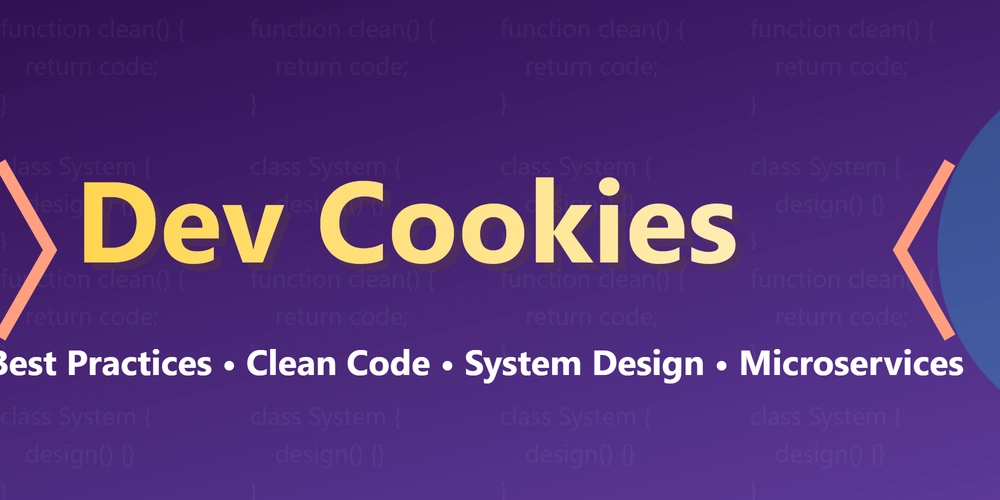

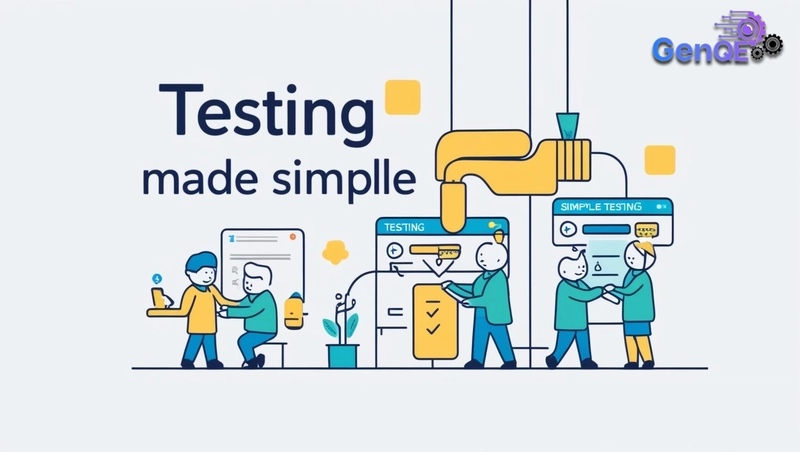
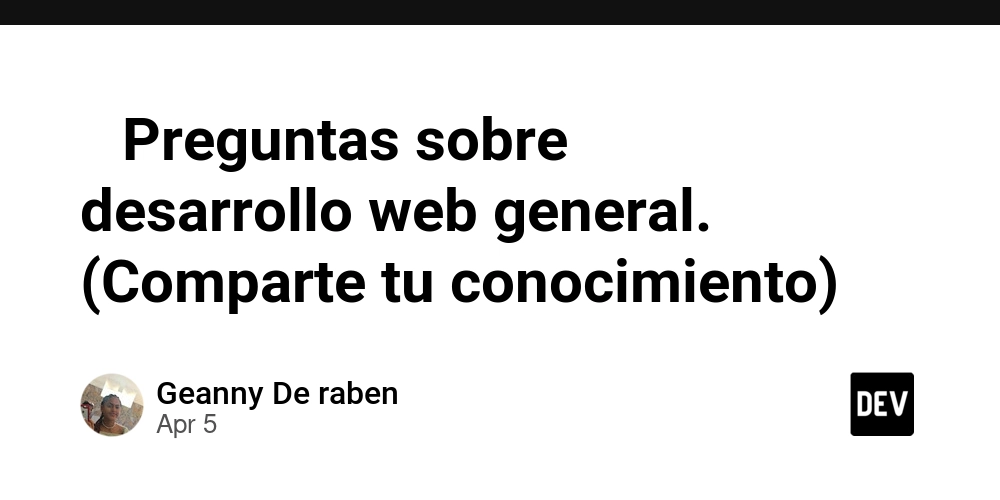









![[FREE EBOOKS] The Kubernetes Bible, The Ultimate Linux Shell Scripting Guide & Four More Best Selling Titles](https://www.javacodegeeks.com/wp-content/uploads/2012/12/jcg-logo.jpg)



![From drop-out to software architect with Jason Lengstorf [Podcast #167]](https://cdn.hashnode.com/res/hashnode/image/upload/v1743796461357/f3d19cd7-e6f5-4d7c-8bfc-eb974bc8da68.png?#)





































































































.png?#)





.jpg?#)
































_Christophe_Coat_Alamy.jpg?#)







































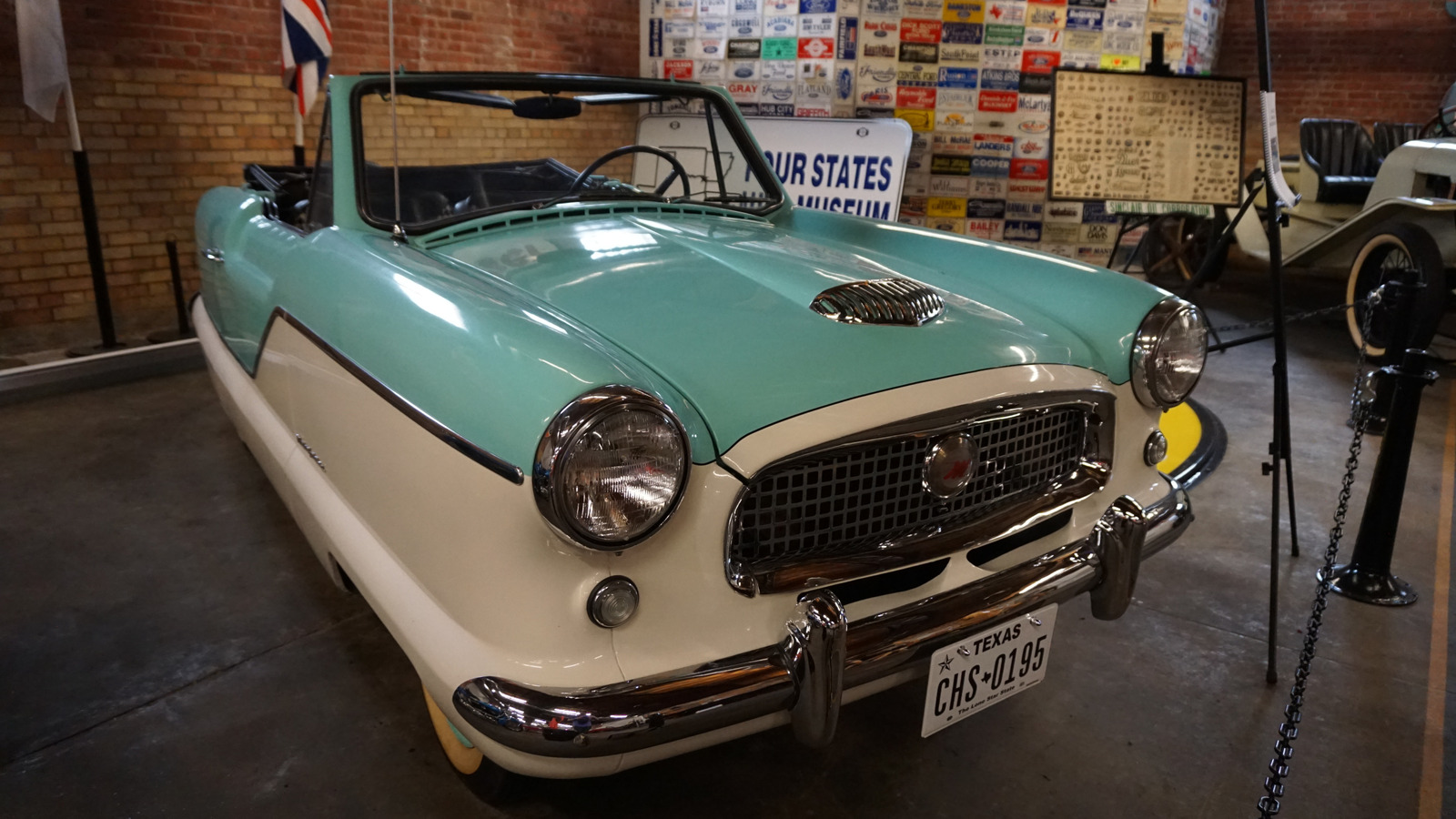


































































![Rapidus in Talks With Apple as It Accelerates Toward 2nm Chip Production [Report]](https://www.iclarified.com/images/news/96937/96937/96937-640.jpg)


































































































































